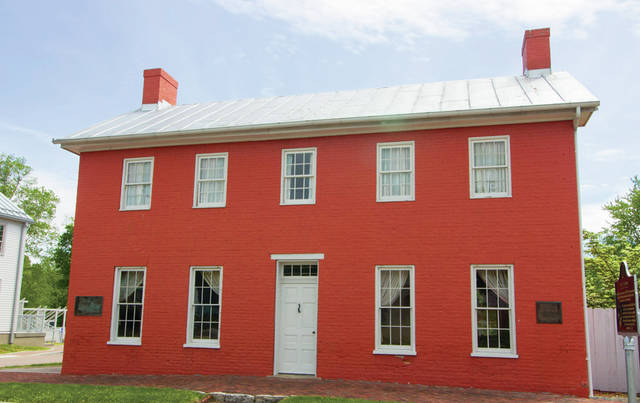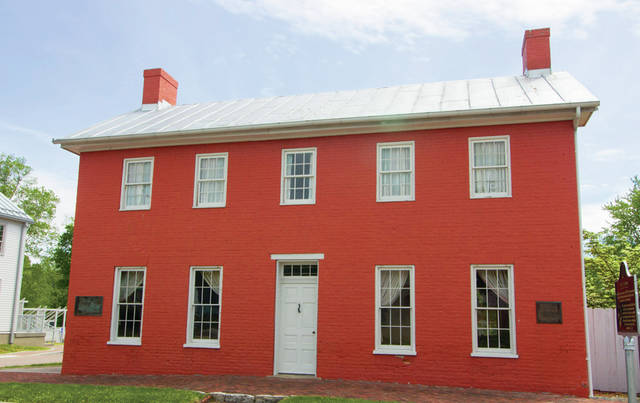

GREENVILLE — Joanna Hahn, site manager of the Levi and Catharine Coffin House in Fountain City, Indiana, delivered a presentation Tuesday night at the Greenville Public Library focusing on the Coffins and their work with the Underground Railroad.
Known by Coffin at the time as the “Mysterious Road,” the Underground Railroad was a loose system of routes connected by homes, businesses and churches where runaway slaves received assistance escaping the South and traveling north toward freedom. According to Hahn, many of these “freedom seekers” crossed the Ohio River between Kentucky and Indiana, often during winter months when the river was frozen, and followed a route north along the eastern edge of the state, utilizing what is now U.S. Route 27.
Coffin is often referred to as the president of the Underground Railroad, having helped more than 2,000 slaves escape to freedom. Coffin and his wife came to Indiana from North Carolina in 1826. Having previously aided slaves in the South, Coffin apparently thought he was leaving those activities in the past.
“I thought I had left slavery behind me,” Coffin is alleged to have said. “I thought I would never encounter an enslaved person again.”
Coffin, a Quaker who deeply opposed slavery, built an eight-room Federal-style brick home in Fountain City, then called Newport, in 1839. The house was equipped with a finished basement that included a kitchen, an indoor well and a working fireplace, amenities that historians think were designed specifically to facilitate Coffin’s activities with the Railroad.
“They didn’t want neighbors seeing that Catharine was up cooking in the middle of the night,” Hahn said, referring to Catharine Coffin’s tradition of immediately preparing the escapees a meal no matter when they arrived. “Or wondering why they suddenly needed 10 buckets of water when they only needed four at the same time the night before.”
Slaves faced many hazards during their flight north, according to Hahn. Penalties for helping runaway slaves were stiff, as the practice was considered to be a form of theft, and though many local communities were sympathetic, there were also many that were not. Richmond, for instance — just a few miles south of Fountain City — later became a hotbed of Ku Klux Klan activity. Runaways also faced the decision of whether to trust those who might offer them help.
“Trying to cross that line of trust wasn’t always easy. They had to ask themselves, ‘Do I put my life in this person’s hands, or continue trying to do this on my own?’” Hahn said.
The Coffins moved to Cincinnati in 1847 where they continued to remain active in the anti-slavery movement. The Coffin house was purchased in 1967 by the State of Indiana then restored and opened to the public in 1970. The site is a registered National Historic Landmark and was operated by the Levi Coffin House Association prior to 2016 when it became part of the Indiana State Museum system.
The Coffin House is located at 201 U.S. 27 North in Fountain City. It is open to the public from 10 a.m. to 5 p.m. Tuesday through Sunday.





